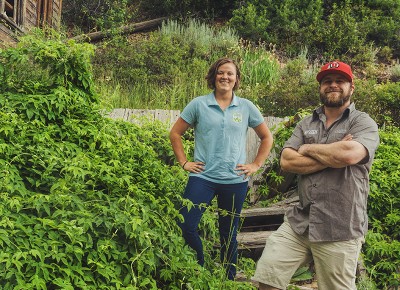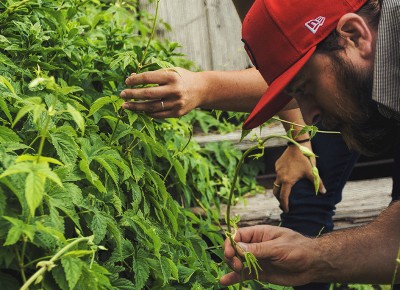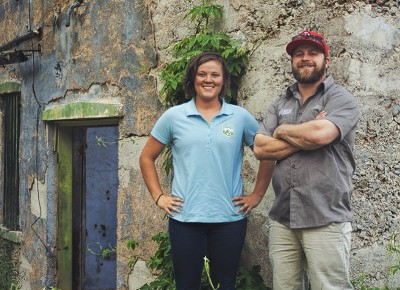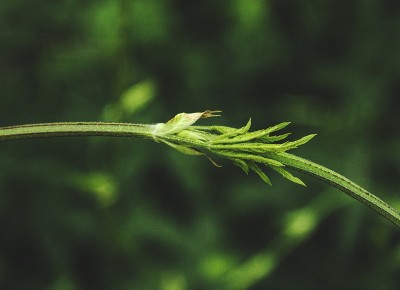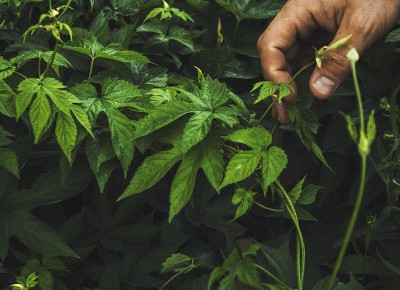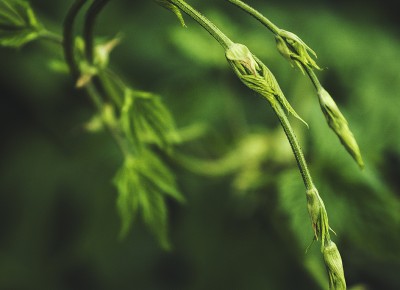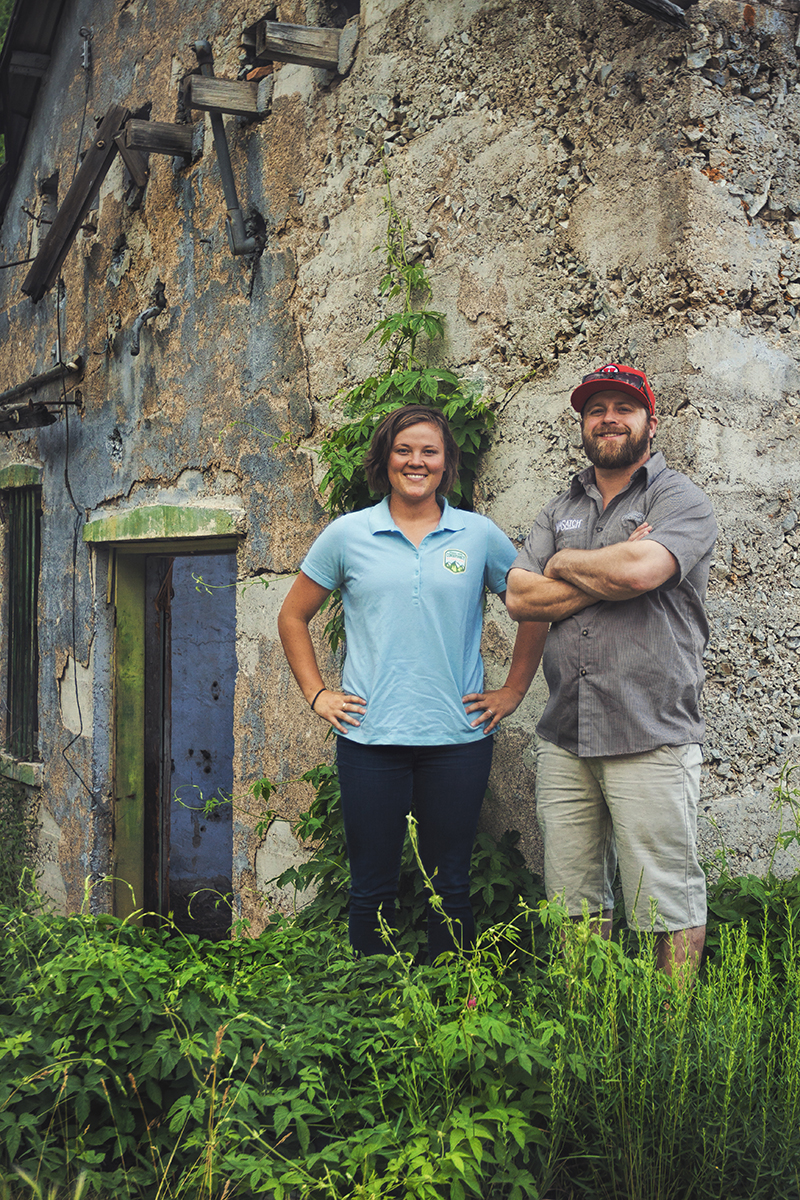
Hops Hunters Hikes: Range Brew
Beer Reviews

Range Brew: Summit Land Conservancy and Wasatch Brewery Unite
Deep in the misty crags and sprawling agricultural meadows of Summit County lies a hidden oasis of wild hops, enough to fuel any beer lover’s wet dream. Every summer for the past three years, Summit Land Conservancy has been hosting hikes on open-space land to harvest local, wild hops, and last season, they partnered up with Wasatch Brewery to create a brew called Clothing Hoptional. You can sip this hoppy ale with rapture, knowing that your tastebuds are helping support Summit Land Conservancy in their efforts to protect untamed flora up Parley’s Canyon.
McKenzie Schwartz, an AmeriCorp intern with Hops Hunters for Summit Land Conservancy, helps host bimonthly hikes, allowing members of the community to participate in harvesting wild hops while simultaneously learning about land conservancy. “Hops Hunters is a club bridging the gap between Summit Land Conservancy and Wasatch Brewery,” Schwartz says. “We hunt for wild, growing hops on protected lands, and Wasatch brews an ‘open-space’ beer as a fundraiser for us.” Open-space lands are areas of undeveloped, natural terrain that Summit Land Conservancy protects using conservations easements. “We work with each land owner, and we purchase the development rights to their land,” she says. “They maintain the ownership so they can still live, farm and recreate there, but we hold the rights so that land can’t be developed.” These easements create a legally binding contract with no end date to keep precious areas of Summit County—most recently, the Weber River watershed— safe from strip malls and other human sprawl.
The hops on open-space lands in Summit are wide-ranging and diverse. “The hops in Summit County were brought here by German settlers in the 1800s,” Schwartz says. “Different locales in Germany will have different hops that they locally use, so the ones we harvest could be a wide variety of actual hop species.” This means that each season, the hop harvest varies. This is compounded by the fact that the hop species are left wild and untended. “We don’t cultivate, trellis or water them at all, so they are completely wild, and we never know how many we’re going to get,” she says. “Our job is mostly just monitoring them.” This year’s harvest should be excellent due to this year’s wet monsoon spring.
Click images for captions
Bimonthly hikes with Hop Hunters are free and open to the public. Hikes begin at a specified location and continue to a property that is due for an easement. Volunteers harvest and monitor hops and educate about the hops and the beer-making process, and showcasing these potentially protected lands. “We make sure to talk about the history of the land, including the families and how they treat the property,” Schwartz says. “We discuss why the land is being protected and its value as protected land.” As a bonus, Hops Hunters mold the hikes according to the specific interests of the volunteers involved. “The people that come on the hikes are interested in a wide variety of things,” she says. “I am personally passionate about cooking and native plants, so we talk about other edibles and wild species on the hikes.” There is a great overlap between beer lovers and outdoor enthusiasts, and these hands-on hikes are both educational and enchanting for individuals who appreciate both.
Dan Burik, Head Brewmaster of Wasatch Brewery, partners with Hops Hunters and Summit Land Conservancy to brew a wild, wet-hopped beer with the harvest. “In this case, [the hops] are made into beer within a day or two,” Burik says. “Undried hops are considered ‘wet’ hops—therefore it is a wet-hopped beer.” This wet hopping process gives the beer a distinct flavor that differs from traditionally dry-hopped beers. “I think the flavors of wild, wet-hopped beers are unique and more subtle than regular hopped beers,” he says. “The nose is mild versus resinous and pungent. The brewer must use a ton more wet hops than dried hops to get the desired flavor. The use rate is somewhere on the magnitude of six pounds of wet hops to one pound of dried hops.” This type of brewing provides a fresh taste, well-supported by the large harvests brought in by Hops Hunters.
Burik speculates that the hop variety in Summit County is likely Hallertauer, but the diversity and growing areas differ with each season. “[Clothing Hoptional] was a very simple, pale ale malt charge in order to showcase the wild hops,” he says. “Each year, this pale ale will change because of the blend of the hops harvested and when the harvest occurs.” This provides a surprising brew each season to tantalize Wasatch and hop aficionados alike.
From the moment the hops are plucked from the stem to the instant a glacial Clothing Hoptional caresses your lips, Summit County open-space lands are being preserved and supported. As Schwartz says, “I think that in order to get people to want to protect land, they need to experience it, because that is the way they will become connected.” For anyone intrigued, the final hike of the season begins on Aug. 16 at Prospect Ridge. As if savoring a sensuous pale ale wasn’t enough, you can get drunk on the idea that you’re now an active supporter of protecting majestic Utah wildlife.
For more information, visit wesaveland.org.
